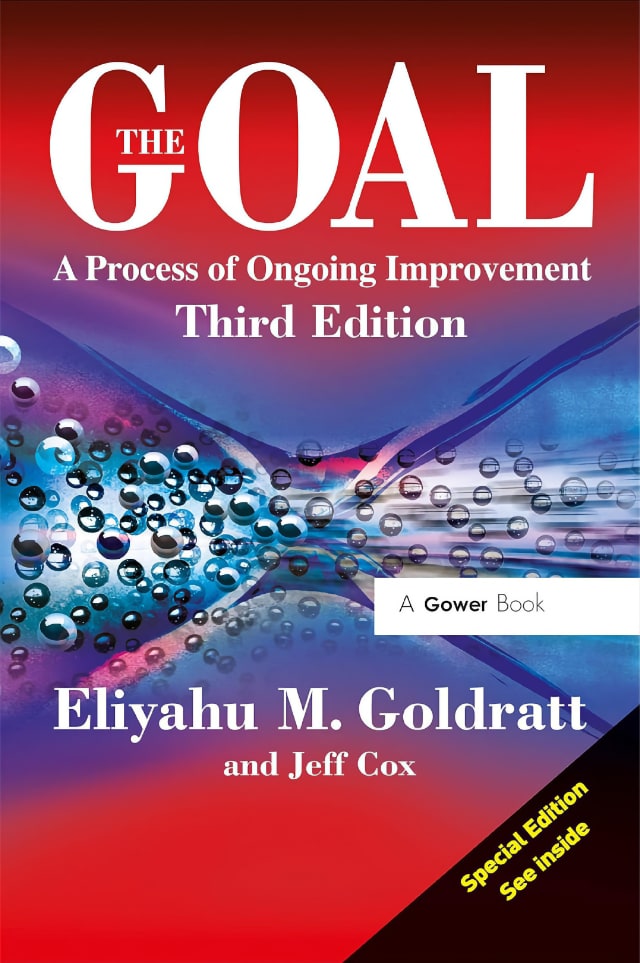Book review: The Goal
the business classic you should actually read 2025-07-22 #book #review
I kept The Goal on my wish list for years, along with other classics that I want to have read, but haven’t. I worried that I’d find it old and boring, and struggle to finish it.
Then I got a copy of the third edition, helped by secondhand books’ randomness, and recently actually read it. And like many classics, I now wish I’d read it years ago.
Readability
Ten pages in, I found myself enjoying the story of a factory manager who has three months to fix the factory’s problems, or face closure. I found it well-paced and easy to follow, and hard to put down.
We take novels’ readability for granted, while struggling with badly-written non-fiction, as if we expect business books to feel like hard work. But while The Goal’s hero’s journey plot feels simplistic as a novel, a business book can never have too much readability.
Clarification
In the story’s factory context, it turns out that a single machine imposes a bottleneck on the production process, and means that the factory’s total productivity can never exceed that one machine’s. I knew this part beforehand, and now so do you, but you didn’t just read a spoiler. This bottleneck becomes the start of a continuous improvement story, not the end of one.
As the story moves from one kind of bottleneck to the next, it clarified my understanding of the theory of constraints. Meanwhile it also helped reflect on how we translate the key manufacturing measures of throughput, operational expense, and inventory to software products and services. Inevitably, this soon led to something I’d never previously considered.
Revelation
The protagonist eventually improves the factory’s performance so much that he and his team struggle to continue the improvement. The mentor then suggests that their constraint might now lie outside the building. Instead of customers waiting for the factory to deliver orders, finding new customers limits throughput: the constraint had become sales and marketing.
Before reading The Goal, I worried that its manufacturing context would make it less relevant than The Phoenix Project, a more recent IT-focused retelling of The Goal. Instead, these differences between manufacturing and software provoked thoughts!
Manufacturing can have stable products, and factories whose output doesn’t satisfy customer demand. But software has continuously updated products, and ‘production’ that rarely constrains the number of sales. Instead, cloud services run on the assumption that the ‘production’ (cloud hosting) environment can always scale to support more customers.
This got me rethinking a product’s relationships. A product capabilities may affect the size of the market it serves, and product marketing and onboarding affect how much of that market a product can capture.
Diversion
Overall, I liked that a rich and thought-provoking journey into the theory of constraints provided such an enjoyable read. I value that, because it meant that it only took me a couple of days of less tiring reading to finish the book, instead of the months I’d struggled with the previous business book I read (and should have given up on).
I also appreciated the diversion into manufacturing, and the reminder that every subject matter domain includes interesting problems. I wish we all had more good business novels to read.
⭐️⭐️⭐️⭐️⭐️ Recommended.


